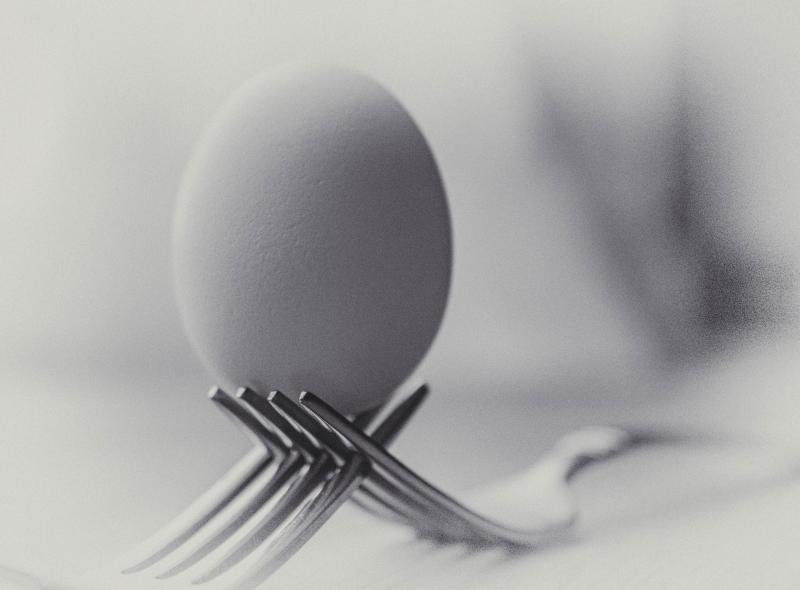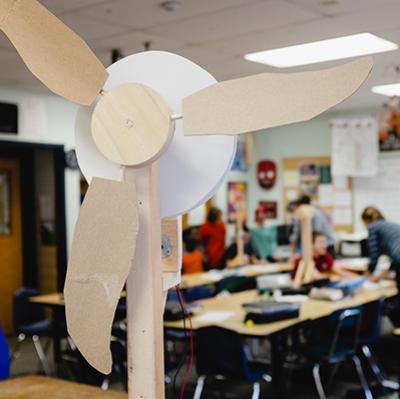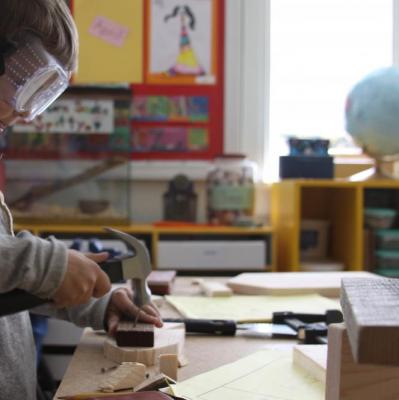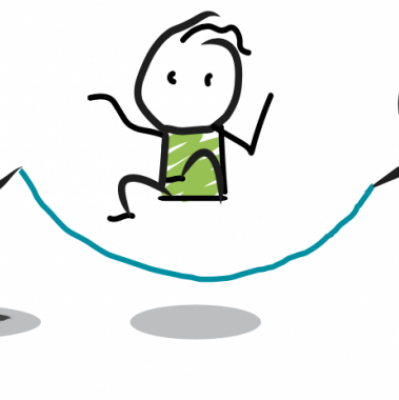Essa rotina de pensamento ajuda os estudantes a desacelerar e a fazer observações detalhadas e cuidadosas, incentivando-os a olhar além das características óbvias de um objeto ou de um sistema.

Essa rotina de pensamento ajuda os estudantes a desacelerar e a fazer observações detalhadas e cuidadosas, incentivando-os a olhar além das características óbvias de um objeto ou de um sistema.


Esta rutina de pensamiento ayuda a los estudiantes a ir lentamente y observar de cerca un sistema.

Essa rotina encoraja os estudantes a considerarem as diversas perspectivas de quem interage em um sistema particular. O objetivo dessa rotina é ajudar os estudantes a entender no que as diversas pessoas que participam de um sistema pensam, o que sentem e com o que se importam de uma forma particular em função de sua posição no sistema.

Students from King Middle School in Portland, Maine, explain the importance of looking closely in a maker-centered classroom.
Video by Alex Coppola

Maker-Centered Learning And The Development Of Self: Preliminary Findings Of The Agency By Design Project
A White Paper Presented By Agency by Design
Project Zero, Harvard Graduate School Of Education
This White Paper, from January 2015, presents an overview of our developing work, and concludes by presenting the “big take away” from our research and by making suggestions for policymakers, educators, and other stakeholders. Along the way, we identify what we consider to be the most salient benefits of maker-centered learning for young people and, introduce some of the key concepts and resources that have emerged from our work, including the concept of maker empowerment, the importance of developing a sensitivity to design, and the three pathways that lead to these desired outcomes.

This routine helps students explore complexity by encouraging them to look closely at the details of something, considering its various viewpoints, users, and stakeholders, and reflecting on their own connections and involvement with it.

Oakland Learning Community Tatum Omari’s builds on her experience with system redesign to hack her daughter’s soccer gear.

这个思考模式鼓励学生在一个特定的系统里思考不同人物的观点。其目标是帮助学生理解系统里的不同角色,他们会用什么形式去表达感受以及对系统里其他人物和事物的关心。
這個思考模式通過幫助學生近距離觀察某個物品/系統的細節,考慮不同的使用者和利益相關者不同的觀點角度,以反思自己和這個物品/系統的關係來探究其中的關聯性。